A House of Grill Repute: Preparing for Your Commercial Grill Installation
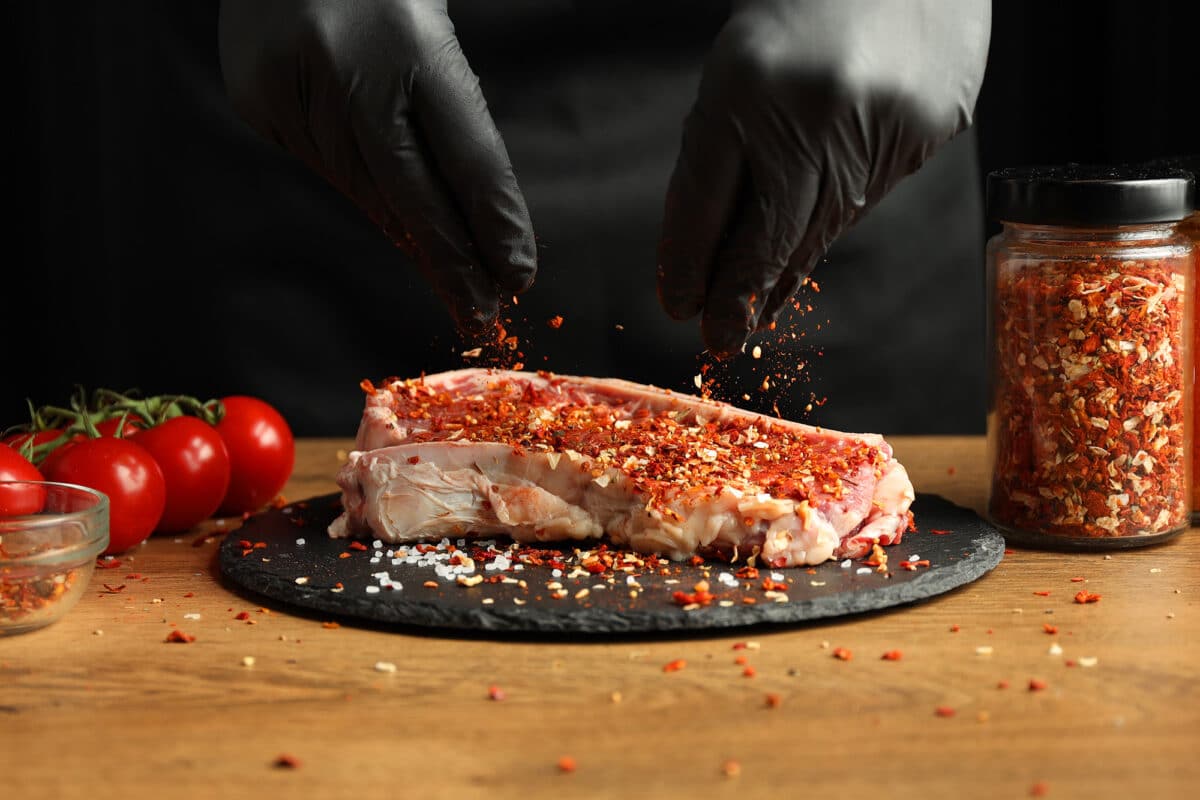
Installing a new grill in your commercial kitchen? Your grill is an essential cooking surface that can be a game-changer in terms of productivity and efficiency. A grill can often become the centerpiece of your restaurant menu, giving you a powerful tool for creating all sorts of new dishes.
A commercial grill gives you a great cook surface to expand your repertoire. Your staff and customers will love the new world of possibilities. But of course, a grill is a significant investment, so preparing and getting everything right in the installation is essential.
A License to Grill: Why Grill Installation is Critical
As is the rule with many pieces of commercial kitchen equipment—proper installation is everything. Like your refrigerator and oven, even slight mistakes in installation can lead to wear and tear, degradation of your equipment, and the eventual need for replacement.
If you want to avoid costly repairs (and ensure optimal grilling capabilities), it’s important to get installation right on the first go.
Proper grill installation is also a matter of kitchen safety. It’s a large and hot cooking tool. Although the operation of a grill is generally fairly straightforward, proper installation ensures that the grill lasts a long time and is energy efficient.
Protect your kitchen in the long term by taking the steps to get the installation right. It’s a smart way to ensure that you get a great ROI on your commercial grill.
If Looks Could Grill: Layout and Positioning of Your Grill
Choosing the right location is one of the most important factors when you install a grill. Chances are, your kitchen (like most commercial kitchens) has a very carefully laid out floor plan. Space is always precious in the kitchen, and the position of your grill is no exception. The best option is a spot that can access your natural gas line or electrical outlets and provides easy movement between your other cooking equipment.

There are a few points to consider as you decide where to install the new commercial grill:
- Ventilation: Your grill will need proper ventilation so that fumes from smoke and grease move out of the kitchen and away from diners. A ventilation system is vital for air quality and fire prevention, so make sure it complies with local fire codes and safety regulations.
- Access: How easy is it for your kitchen staff to maneuver around the grill, especially when you’re in the weeds? You might run into bottlenecks and delays if your grill is in a high-traffic area.
- Safety: Above all, safety must be your priority. Because a hot grill is a fire hazard, fire extinguishers should be nearby. The grill should be close to an exit with adequate spacing between your commercial grill and other kitchen equipment.
- Code Compliance: Restaurants, like all businesses, are subject to local building, fire, and health codes and regulations. Be sure that the location for your grill is compliant with the required distance between the walls and ventilation.
- Size: Measure the spot for the grill carefully. Be sure to consider all dimensions of the new equipment, as well as extra prep areas and accessories. Avoid the headache of rearranging your kitchen to accommodate a large piece of equipment after installation.
- Airflow: Grills need plenty of clearance and airflow. It’s important for performance and safety. The right amount of airflow will prevent your grill from overheating.
- Workflow: Consider how your grill fits into your workflow and the rest of the kitchen layout. It likely makes sense to have your grill positioned near your stove and other cooking tools in most cases, but be sure it fits your establishment’s unique flow of traffic.
- Prep: Similar to workflow, consider how your grill is positioned in relation to preparation stations and service areas. Most grills will need a resting place for food once it’s removed from the grill.
- Utility Access: Depending on the type of commercial grill you purchase, it will need access to gas and electricity. You may also need to position your grill with access to water for steam and cleaning functions.
Plan the right spot for your grill for optimal usability. Your commercial grill is a wonderful kitchen tool, provided that your staff can access it easily. Choose a place that complements workflow and helps your kitchen run even more smoothly.
The Big Grill: Understanding Installation Components
Your commercial grill is sort of like a car or a computer—you don’t need to understand how every component functions, but it helps to have a basic understanding of the parts and pieces and what does what. While grills can vary by brand, capacity, and other factors, several main components make up most commercial grills.
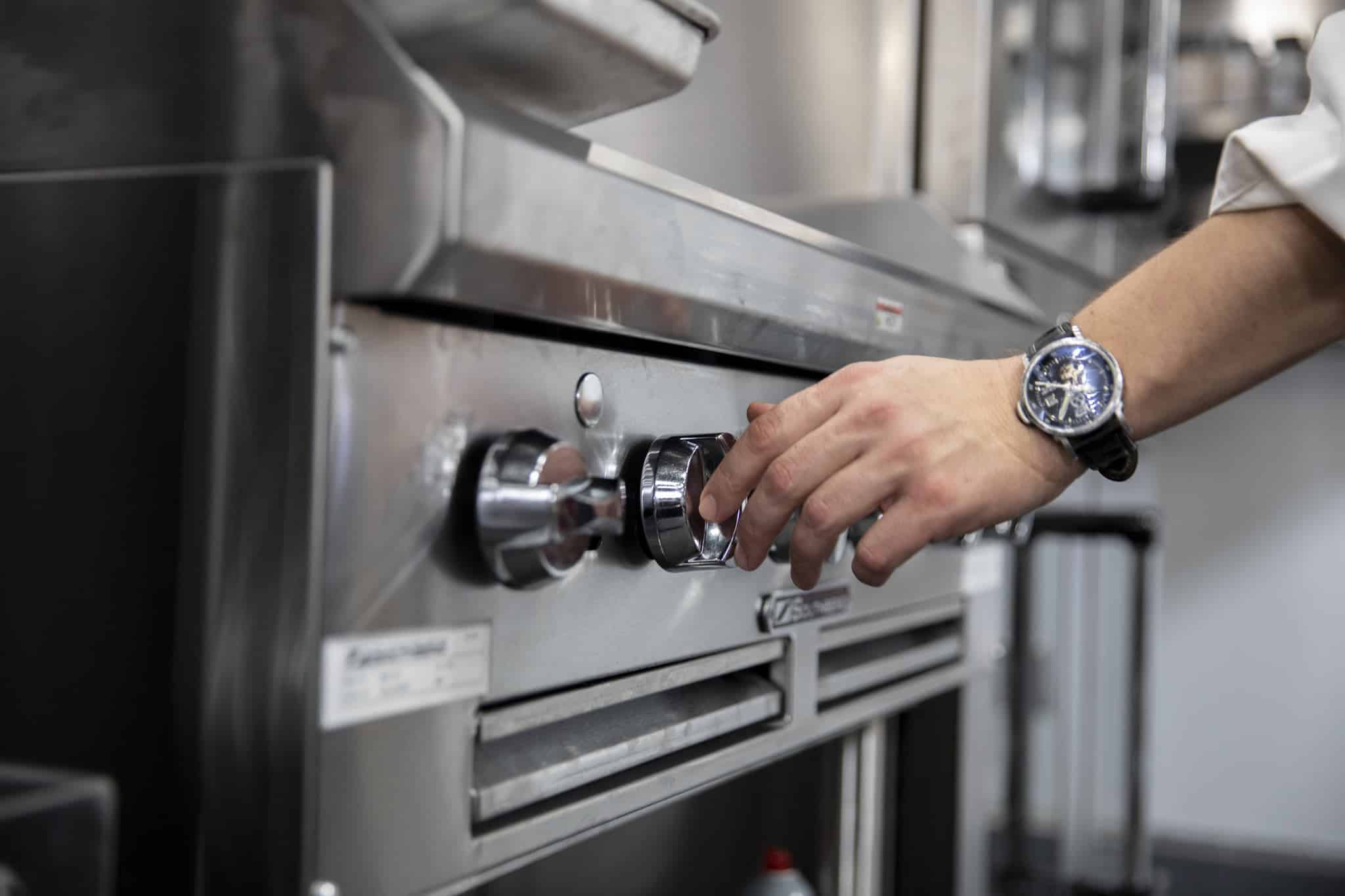
Main Components of Your Grill:
- Grill Body: The grill body houses all the essential pieces—burners, grates, control panels. Most grill bodies are made of stainless steel or similar materials that can handle high heat and heavy use.
- Burners: It may sound obvious, but burners provide the heat. Most commercial grills feature multiple burners powered by gas or electricity. All the grill burners should be aligned properly so food cooks evenly on your grill.
- Grill Grates: The grill grates are your cooking surface. Most commercial cooking grate options are made from heat-resistant materials like cast iron and stainless steel. Many commercial grills feature removable grates for easy cleaning and upkeep.
- Control Panel: As with a commercial range, the control panel features the knobs and buttons you need to adjust the temperature and get the right heat setting. The controls should work smoothly and be clear and easy to read.
Other Grill Attachments and Components:
- Shelving: Most grills come with optional shelves and prep areas to give you additional workspace. These attachments are set above the grate bars and are ideal for keeping ingredients and cooking tools accessible and within easy reach.
- Warming Racks: Some grills feature warming racks above the main grates. This is a staging area to keep cooked food warm (and not overcooked). Warming racks are helpful in business kitchens when you’re trying to time dishes to finish at the same time.
Installation Accessories:
- Ventilation Ducts and Hoods: Your ventilation is essential for the performance of your grill and the air quality in your kitchen. Not only is ventilation important for the kitchen environment, but it’s also critical for safety. Hoods should be directly over the cooking surface, and ductwork should be sealed against leaks that could lead to fumes and fire hazards.
- Gas and Electrical Connections: Depending on the type of commercial grill you decide to purchase, you will need to make sure your kitchen is set up with gas and electrical connections in the appropriate location. A correctly installed gas line is critical, and it should include proper fittings and shut-off valves. Licensed professionals should handle gas and electric connections.
When you know the basic components of your commercial grill, you can troubleshoot repairs and pinpoint concerns early on. It helps to understand the main parts of the grill and how they function.
Grill of a Lifetime: Grill Installation Tips and Best Practices
So, the day is arriving—your new commercial grill is about to be installed. Make sure you’re ready for the installation process so everything goes smoothly on the big day. It all starts pre-installation.
Pre-Installation Checklist
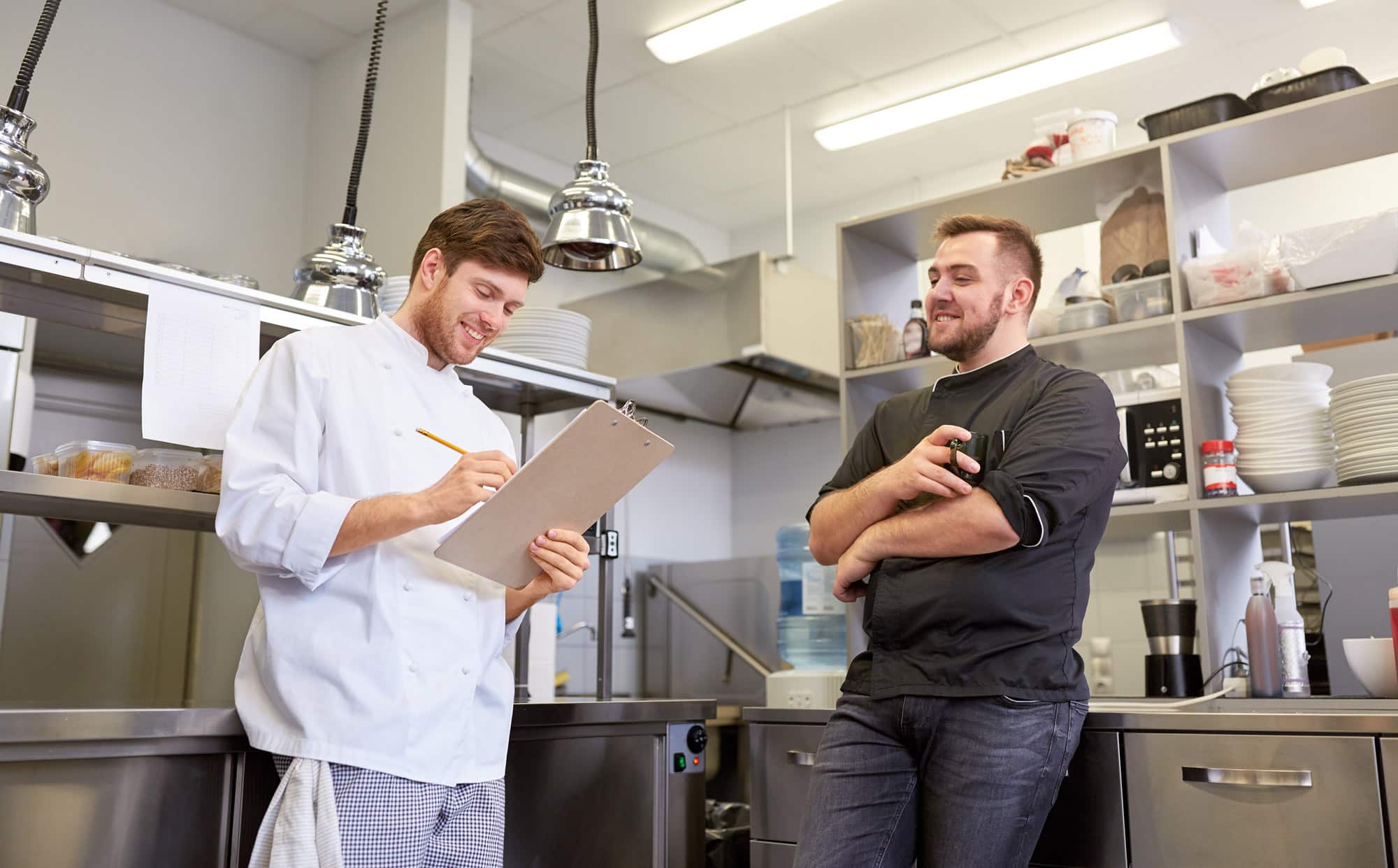
Before the installation, make sure all the components are in good condition, and your utility connections are ready to go.
- Inspect Components: As you unpack your grill, inspect all the components—the main body, grates, burners, shelves, and attachments. Make sure that there was no damage sustained during shipping (like cracks, dents, dings, and missing items).
- Check Ventilation: If you’re replacing a grill, make sure you have ventilation hoods and ducts in place and they’re in good condition. The hood must be properly positioned, and all the ventilation should comply with local fire and health codes.
- Check Utilities: Verify your gas, electric, and water utility connections. Make sure that the gas lines and electrical outlines are appropriate for the grill’s specifications. These connections should be handled by professionals and installed according to local codes.
During Installation
- Take Safety Precautions: Prioritize safety during the installation. Make sure the kitchen space is a clean and clear new home for the grill.
- Check for Leaks: Leaks are one of the biggest safety concerns for gas grills. Use a leak detector to confirm gas connections and fittings are sealed tightly. If there are any leaks, shut off all gas supplies and contact a professional.
- Check Connections: Make sure all connections are solid for electric grills without loose wires or improper grounding. The new power supply should be stable, and circuits must be able to handle the load requirements of your new grill.
- Check Fittings: Check all the components of your grill to ensure they’re securely fashioned—no loose parts or fittings. You don’t want to run into safety concerns or operational issues down the road.
Proper installation will help ensure that your grill is a great asset to your kitchen (and never a liability). Take time and extra precautions during the installation to set yourself and your staff up for success.
Dressed to Grill: Grill Cleaning and Maintenance Tips
Once your grill is installed, including it in your regular cleaning and maintenance schedules is important to keep it working in peak condition. Routine cleaning and maintenance will help your grill last a long time and will ensure that it grills food evenly and deliciously.

Routine Grill Cleaning:
Daily:
- Clean the grates at the end of each shift using a grill brush (best when the grill is still warm).
- Empty and clean drip trays and grease traps using a manufacturer’s recommended degreaser.
- Wipe down the exterior with a cloth and cleaning agent to prevent corrosion.
Weekly:
- Remove and clean the burners, brushing off food particles and grease.
- Wipe down the ventilation hood and inspect the ducts.
- Clean the ventilation filters as needed.
- Detach removable shelves and warming racks and wash thoroughly.
Monthly:
- Deep clean the entire grill monthly, taking apart components and scrubbing with a non-abrasive grill cleaner (per manufacturer’s recommendations).
- Inspect the gas and electrical connections during your monthly cleaning.
Recommended Tools:
- Grill Brush: Choose a long-handled brush with stainless steel bristles.
- Degreasers: Select a degreaser based on the manufacturer’s recommendations that’s safe for stainless steel.
- Non-Abrasive Cleansers: Use products designed for commercial cooking equipment.
Grill Maintenance:
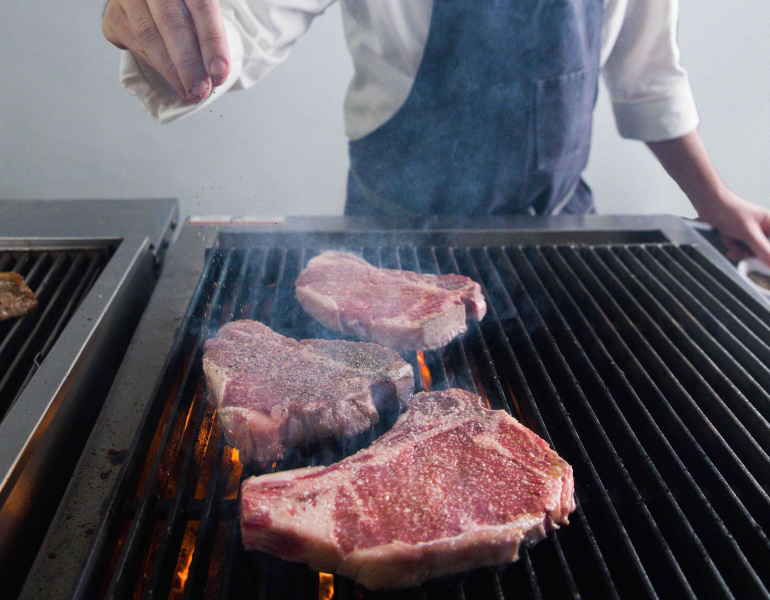
In addition to your cleaning routine, a few maintenance checks can help you make sure that your grill is performing up to par.
- Inspecting Burners: Look at the burners for signs of clogs or damage. Clean off all food buildup and grease that might obstruct the burners. Replace any burners right away if they show signs of damage or issues to keep your grill cooking evenly.
- Inspecting Grates: Like the burners, your grates should also be free of any buildup and rust. Follow the manufacturers’ instructions for cast iron grates to re-season them periodically.
- Checking Connections: Look at the gas lines for leaks and cracks. Any signs of damage should be addressed immediately. Similarly, check electrical components for frayed wires and loose connections.
Basic cleaning and maintenance require just a little time to keep up, but it’s critical for extending the life of your important kitchen equipment. When you invest in a new grill, you want to make sure that it will provide that delicious grilled finish to your food for a long time to come.
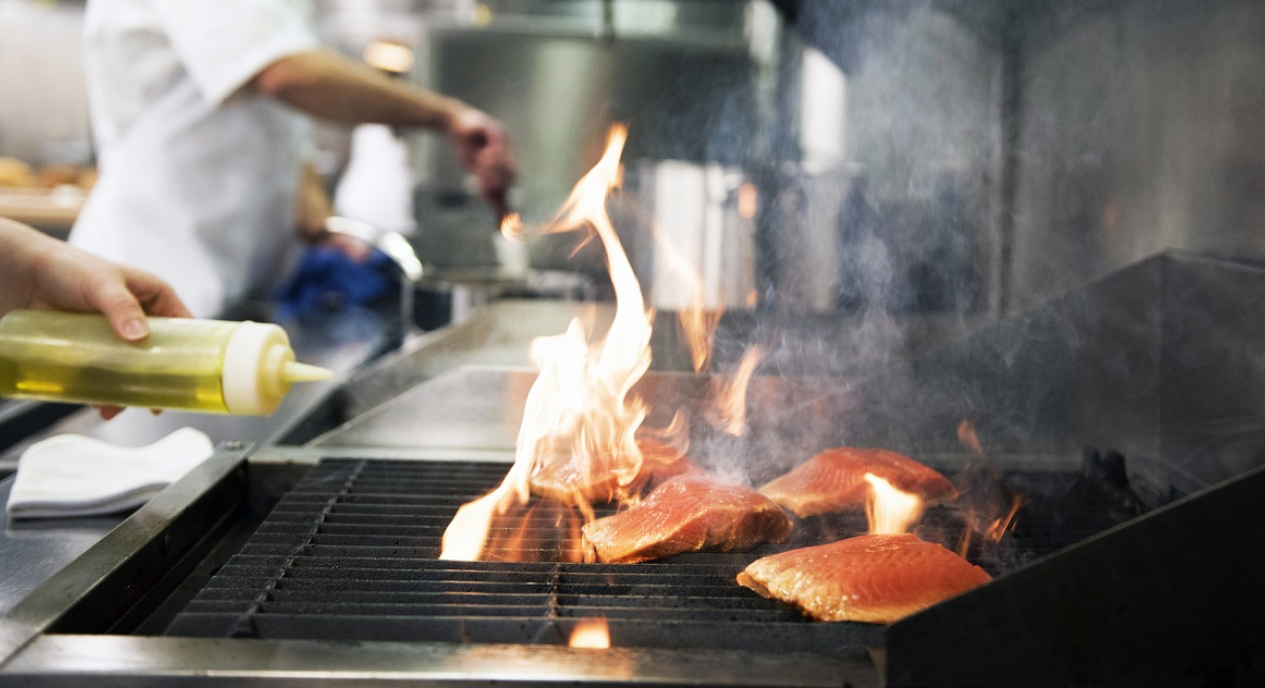
A View to a Grill: Get all the Grilling Help You Need from Eleven36
Your commercial grill adds a lot to your menu. You’ll be able to expand your foods, make healthy proteins, and add a delicious char to vegetables. Customers love the unique flavor and texture that comes with gourmet grilled dishes.
At Eleven36, we carry top industry brands like Southbend, American Range, and Vulcan, and can help you find the best grill for your kitchen. It all starts with some pre-installation considerations—your layout, location, and the components you’ll need for your grill. From there, you need to choose the right-sized grill that fits your needs.
Once your grill is installed, help it to go the distance with regular cleaning and maintenance. Keep an eye out for anything unusual, especially concerns around gas and electricity (which should be addressed by a professional).
Your staff and customers will love the world of grilled possibilities that open up with a new commercial grill in your kitchen. If you need assistance selecting the best grill for your situation, reach out today.
